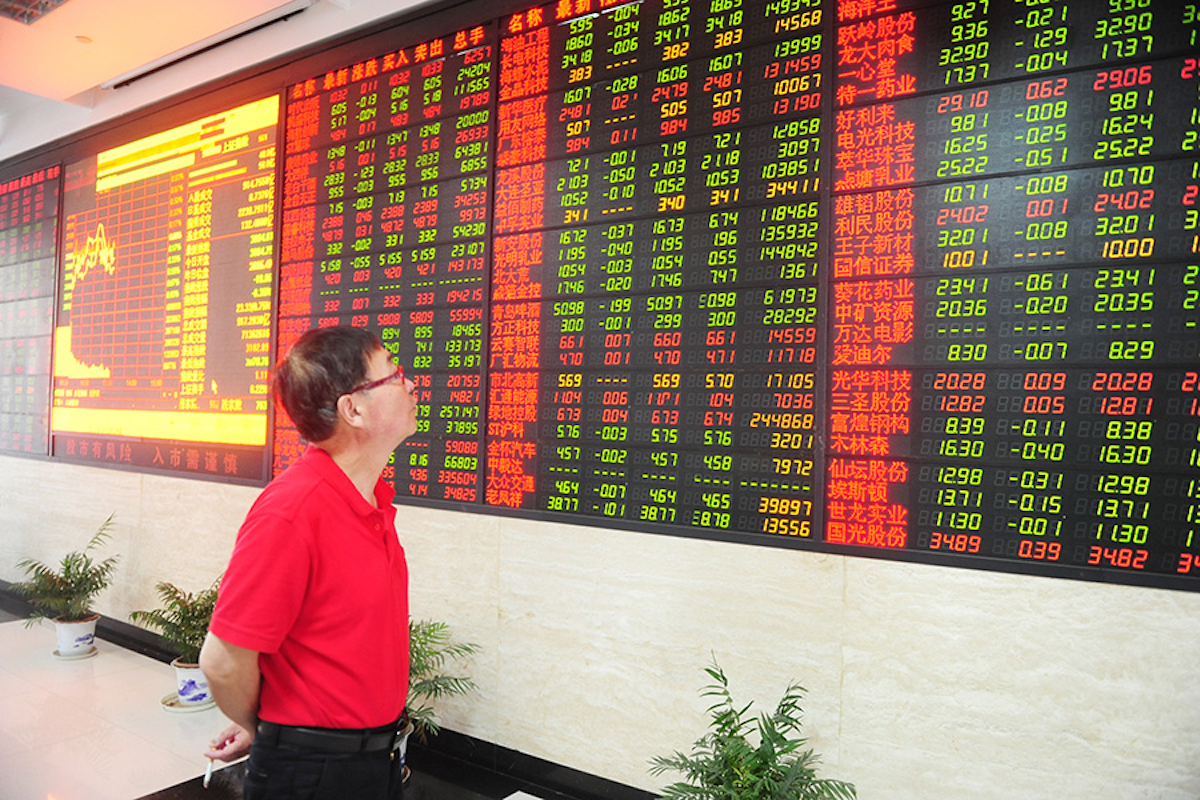China’s equity markets have staged one of their most powerful rallies in years, adding more than US$3 trillion in value across the mainland and Hong Kong. The CSI 300 has surged around 16% in 2025, with tech indices climbing to their highest levels in a decade.
Retail investors, flush with savings and encouraged by state liquidity support, are leading the charge. The speed of this advance highlights an optimism that is racing ahead of the current data, but it also signals a deeper confidence in China’s long-term direction.
Industrial output growth has slowed and retail sales have fallen short of forecasts, yet investors are looking past these numbers. They are positioning for an economy that is being re-engineered away from property dependence and toward higher-value innovation, advanced manufacturing and green technology.
This isn’t the same as previous cycles of speculative fervor. It’s a reflection of belief in structural reform, and that belief is now, it appears, driving capital.
Momentum in Chinese equities is undeniable. Individual investors dominate trading volumes, with nearly 90% of daily flows coming from households.
With savings at a record 160 trillion yuan ($23.5 trillion) and deposit rates sliding, the shift into equities has arguably only just begun. A relatively small reallocation of that capital can fuel significant gains, and Beijing’s encouragement of this process is part of a broader strategy to deepen capital markets.
It is true that parts of the market, particularly biotech, research services and some AI-linked firms, look stretched. Prices in those areas reflect assumptions that may not materialize quickly.
However, this doesn’t mean the rally as a whole is unstable. Instead, it shows that capital is searching aggressively for exposure to the sectors that will shape China’s economic future. Temporary overheating is the price of rapid transformation, not proof of a bubble.
What makes this rally different is the visible role of the state. The authorities are not simply standing by while investors speculate. They are directing policy support, opening new channels for foreign participation and signaling long-term commitment to equity markets as a pillar of economic resilience.
By widening access to stock options and strengthening market infrastructure, Beijing is laying the groundwork for deeper institutional participation that will make markets more robust over time.
This is why dismissing the rally as “disconnected” is too narrow a view. It is better understood as anticipatory — markets are often the first place where faith in reform becomes visible.
Investors are voting with capital on the belief that China’s transition will succeed. Should consumption strengthen, productivity improve and private sector confidence revive, today’s valuations will look justified in hindsight.
The challenge for global investors is selection. Momentum alone is powerful, but the lasting gains will be found in companies that align with China’s strategic priorities.
Advanced manufacturing, green energy and semiconductor development are sectors where government policy, capital investment and long-term global demand intersect. These are also the areas most likely to turn today’s optimism into sustainable earnings.
Still, caution is advised. Macro data has not yet confirmed a turnaround, and external pressures from trade and geopolitics are real. But volatility should not obscure the broader trajectory.
China is deliberately shifting its growth model and the current rally is a sign that investors believe this evolution is not only possible but inevitable. The market, I believe, is not ignoring the economy; rather, it’s looking beyond the short term.
What we’re seeing is capital accelerating ahead of fundamentals, anticipating a future where reforms deliver productivity, innovation and resilience. This is why this surge matters.
China’s equity boom is a bet on reform and reinvention. It is not without risk, but it is also not hollow. If policy determination and technological progress translate into results, today’s surge will be remembered as the early stage of a longer transformation, not a fleeting spike.
In short, the rally is a signal that capital believes China’s future story will be stronger than its present.

